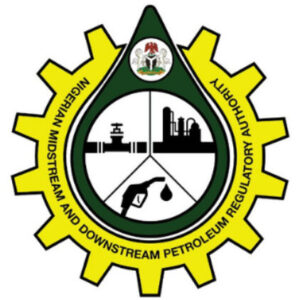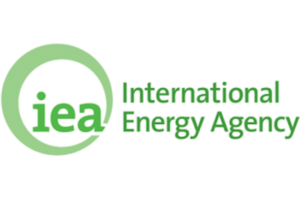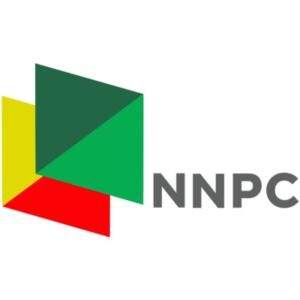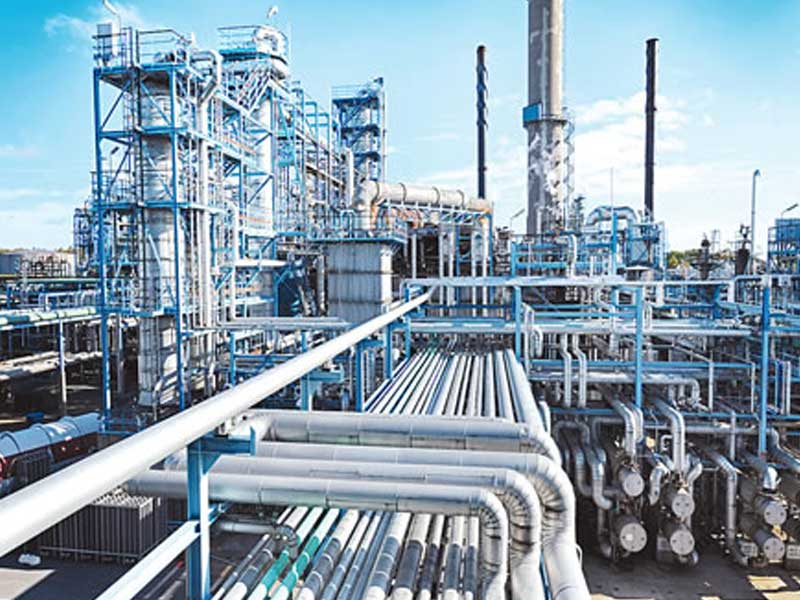Operators of Liquefied Petroleum Gas (LPG) refilling plants in Nigeria have called for more investors to establish new processing plants in order to boost supply of the product, reduce importation, and help address frequent shortages and attendant hike in prices.
Executive Secretary of the Nigerian Association of Liquefied Petroleum Gas Marketers (NALPGAM), Bassey Essien, made the call in an exclusive chat with THISDAY, amid the country’s LPG consumption volume of about 1.8 million metric tons per annum (mtpa), which according to him, is still far short of the five million metric tons targeted by past governments.
Essien spoke against the backdrop of the current scarcity of cooking gas and the skyrocketing prices caused by the supply disruptions resulting from the strike action embarked by the Petroleum and Natural Gas Senior Staff Association of Nigeria (PENGASSAN).
Some parts of the country, especially Lagos and Southwest states suffered acute LPG shortage as most suppliers halted loading of the product.
Moreover, an ongoing routine maintenance at the Dangote facility at the time also contributed to the shortage as the company could not load for off-takers, a situation that led to some marketers hiking their prices.
For off-takers, the price for purchasing 20 metric tons of LPG rose geometrically to between N18 million and N20 million, while for end-users, the retail price rose to between N15,000 and N18,000 to refill a 12.5-kilogramme cylinder.
The supply of LPG in the country comes from few sources including Dangote Refinery, Nigeria Liquefied Natural Gas (NLNG) and imports.
Nigeria currently consumes about 1.8 million tons per annum (mtpa) of LPG, still far short of the five million tons which successive governments had been trying to achieve.
Essien told THISDAY that Dangote supplies about 50 per cent of the national consumption volume, but did not give the exact figure from the Lekki Free Trade zone-based plant.
He said there was need for more investors to come into the gas processing space to complement Dangote and NLNG and help offer the country, multiple in-country supply sources.
Essien said: “We should have many sources like the Dangote, because right now, it’s just southwest. Down South, we need something like that.
“So, we need a lot of investors to actually come into gas processing. If we are stopping importation, then we should be able to ramp up the production in-country, so that we can be well prepared for this kind of issue when it comes up again.
So, we are actually looking at letting quality investors into gas processing itself.
“Dangote’s volume is helping the local market. Now, Dangote has at least 50 per cent of the market. Our national consumption has increased because of concerted awareness. But we still have not gotten to that level we want to be. We are in the region of 1.8 million metric tons per annum. We’ve been targeting five million metric tons for a long time.”





